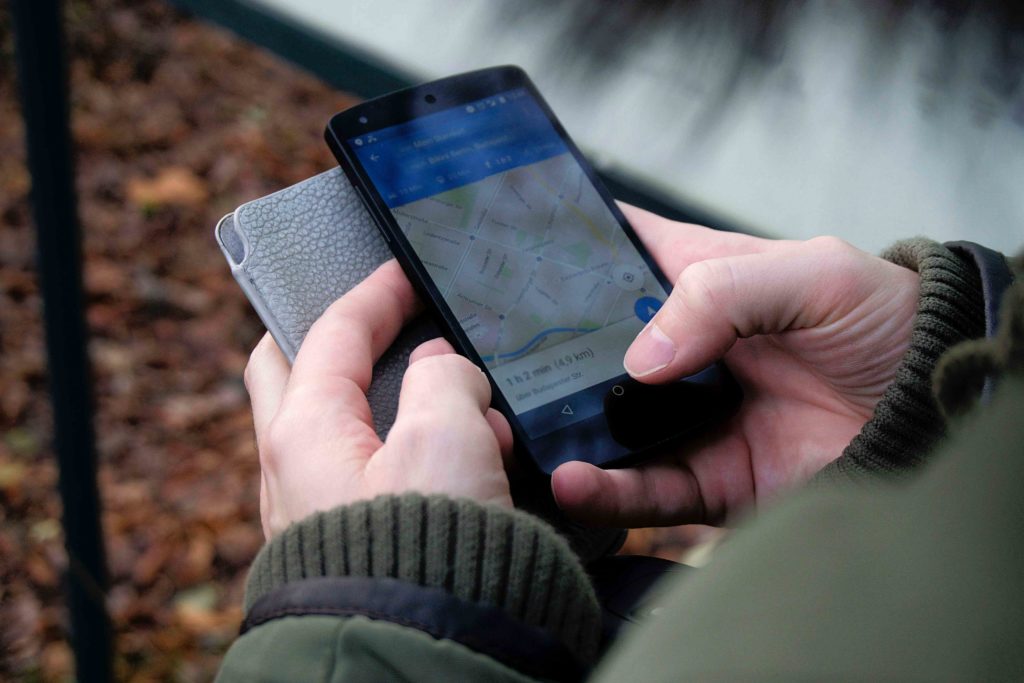Smart mobility, or intelligent mobility, is profoundly reshaping the way we travel. Through the integration of advanced technologies and data-driven solutions, smart mobility promises more efficient, sustainable, and convenient mobility for individuals and societies. This innovative concept opens up new exciting prospects and is gaining increasing interest from industry stakeholders, policymakers, and the general public.
- Smart Mobility: Definition
- Smart Mobility: What are the Benefits?
- Smart Mobility: Key Technologies
- Challenges of Smart Mobility
Smart Mobility: Definition
Smart mobility refers to the use of advanced technologies to enhance the efficiency, sustainability, and convenience of transportation systems. It utilizes data-driven solutions and information technologies to optimize the movement of people and goods.
It relies on the integration of various innovations:
- Electric vehicles
- Improved public transportation
- Intelligent traffic management systems
- Mobile applications for trip planning
- Real-time data collection and analysis
- Use of artificial intelligence to optimize transportation flows

Its main objective is to reduce issues related to:
- urban congestion,
- polluting emissions,
- and road accidents,
While offering more convenient and user-oriented mobility solutions. This can include multimodal transport options, such as the combined use of bicycles, shared cars, public transportation, and carpooling services. It aims to create more sustainable and safe transportation systems while promoting better utilization of existing infrastructure.
Smart Mobility: What are the advantages?
Smart mobility offers numerous benefits that enhance our way of moving! Here are some of these advantages:
- Reduction of Congestion
Smart mobility optimizes the use of existing transportation infrastructure by providing smarter mobility solutions. This can reduce traffic congestion and travel times, thereby improving overall travel efficiency.
- Improved Energy Efficiency
The use of electric vehicles and optimized transportation routes help reduce energy consumption and greenhouse gas emissions.
- Promotion of Sustainability
It encourages the use of more sustainable modes of transportation (public transit, bicycles, and shared cars), leading to reduced reliance on individual vehicles and less pollution.
- Enhanced Accessibility
Smart mobility solutions can make transportation more accessible to all citizens, including those with reduced mobility. Additionally, dedicated mobile applications and real-time information on schedules and routes make transportation usage easier.
- Increased Safety
Utilized systems incorporate advanced technologies like sensors and surveillance cameras, allowing for more efficient monitoring and management of transportation. This leads to reduced accident risks and improved road user safety.
- Better Travel Planning
By utilizing real-time data and advanced planning tools, smart mobility enables users to better organize their travels. It provides information on schedules, traffic conditions, transport options, and alternatives in case of disruptions.
Nomadia offers solutions to improve the commuting experience for your employees: sales representatives, technicians, and delivery personnel!
- Economic Stimulus
It fosters technological innovation and the creation of new businesses focused on intelligent mobility services. This generates new employment opportunities and stimulates economic growth in the transportation and technology sectors.
Smart Mobility: Key Technologies
Smart mobility relies on various key technologies that contribute to the transformation of transportation systems.
Electric vehicles, such as electric cars and scooters, use rechargeable batteries for operation. They help reduce greenhouse gas emissions, contributing to cleaner mobility.
Public transportation, including buses, trains, and trams, plays a vital role in smart mobility. Technological advancements enhance their efficiency, with features like electronic ticketing, real-time schedule and route information, and contactless payment options.
These systems utilize sensors, cameras, and algorithms to collect real-time data on road traffic. They regulate traffic flow, optimize traffic light timing based on demand, and provide drivers with information to avoid congestion.
Mobile applications, such as Google Maps, offer real-time route planning features. They allow users to select the best route based on traffic conditions, public transportation schedules, and other personalized criteria.

Sensors and surveillance systems collect data on traffic, public transportation usage, parking space availability, etc. This data is then analyzed to make informed decisions regarding transportation management and service improvement.
Artificial Intelligence (AI) and machine learning are used to analyze mobility data, predict traffic patterns, optimize routes, and provide personalized recommendations to users.Autonomous Vehicles: Autonomous vehicles are being developed to improve road safety and travel efficiency. They use sensors, cameras, and software to operate without human intervention. These technologies are combined and integrated into comprehensive smart mobility solutions, creating more efficient, sustainable, and connected transportation systems, ultimately enhancing the mobility experience for users.
Challenges of Smart Mobility
Smart mobility faces several challenges in its implementation and widespread adoption:
Establishing adequate infrastructure for smart mobility can be a significant challenge. This involves creating intelligent transport networks, upgrading existing infrastructure, and setting up charging systems for electric vehicles.
Additionally, the technologies used can be costly to develop, deploy, and maintain. The required investments for implementing intelligent transport systems can pose obstacles for certain regions and businesses.
For smart mobility to be fully effective, users need to embrace these new transportation solutions. This might require effective awareness campaigns and education to encourage individuals to change their travel habits and embrace new technologies.
Existing regulations may not be suited for smart mobility. It’s important to establish a flexible and evolving regulatory framework to accommodate the integration of these new technologies.
Safety is a major concern in smart mobility, especially with the introduction of autonomous vehicles and new connected infrastructures. Implementing safety measures is essential to ensure user protection and prevent accidents.
The collection of massive amounts of data raises privacy concerns. Therefore, implementing security and privacy measures is crucial to safeguard users’ personal data.
Smart mobility should be accessible to all individuals, regardless of their socio-economic status or geographical location. Addressing disparities in access to technology and transportation services is important to avoid creating new inequalities.

